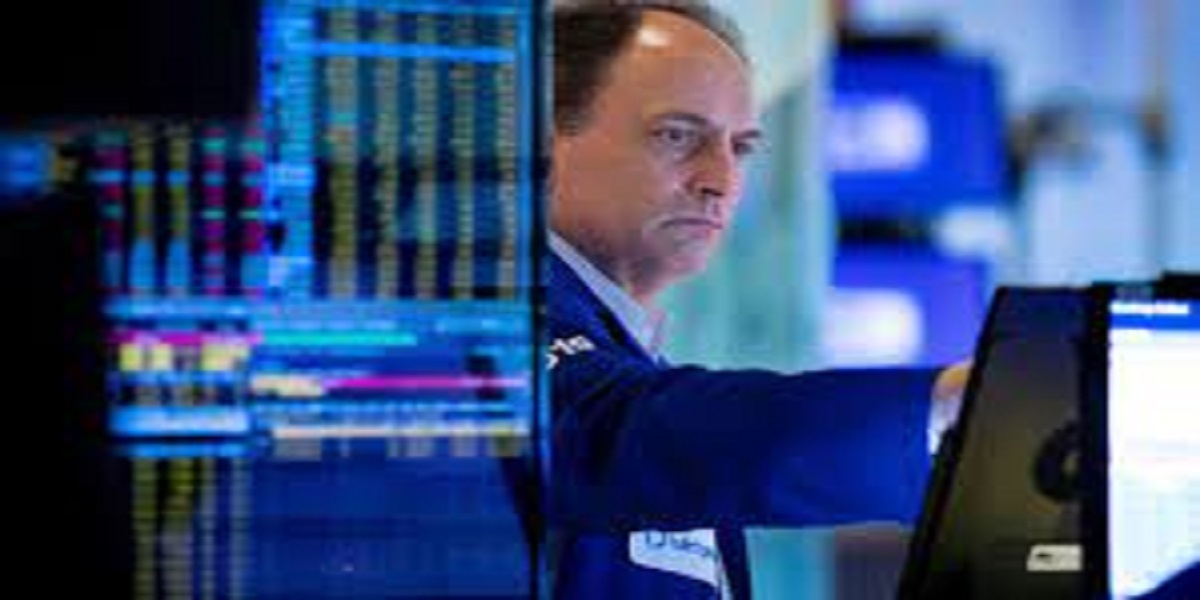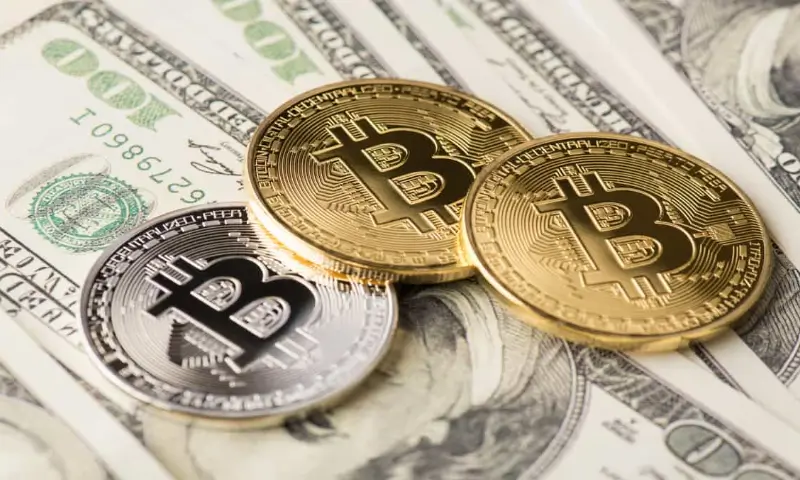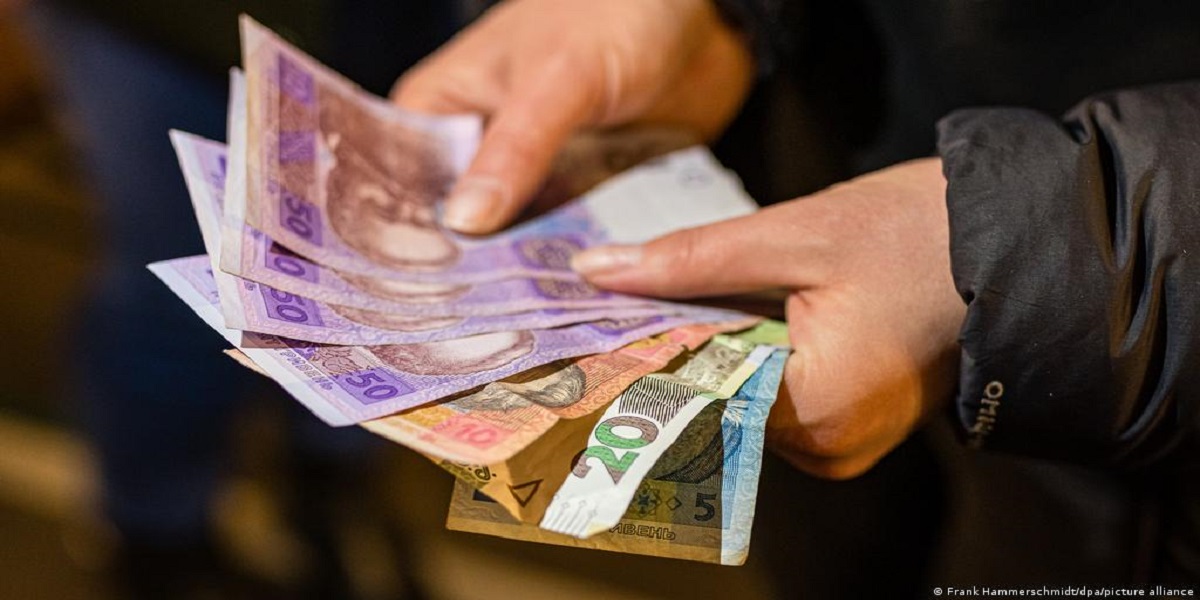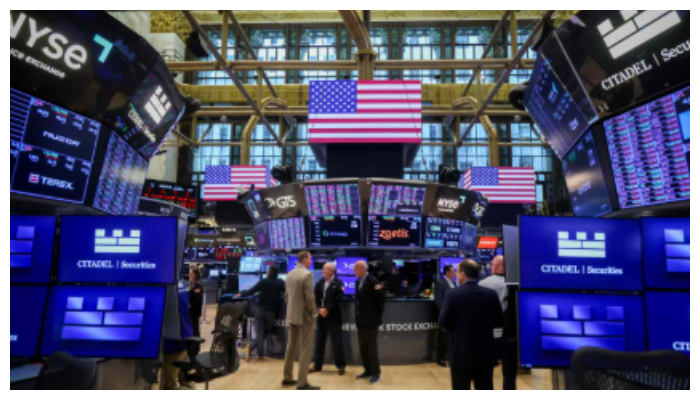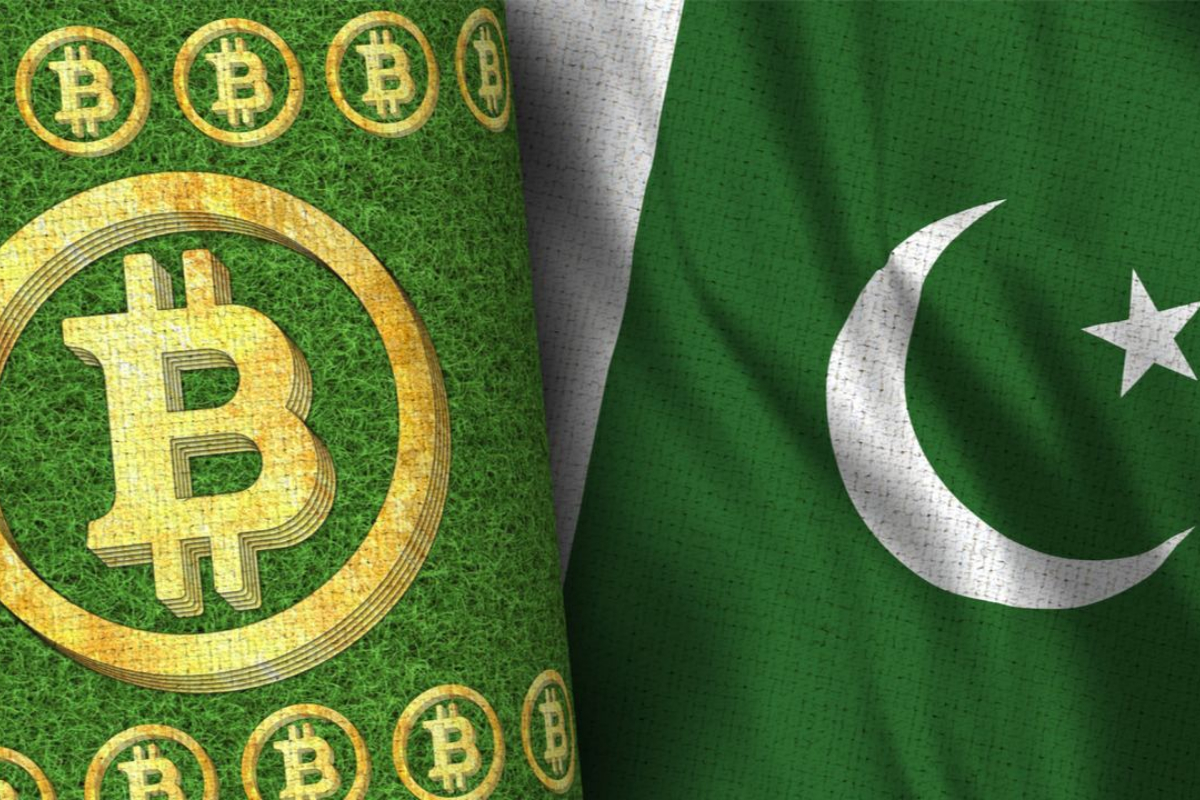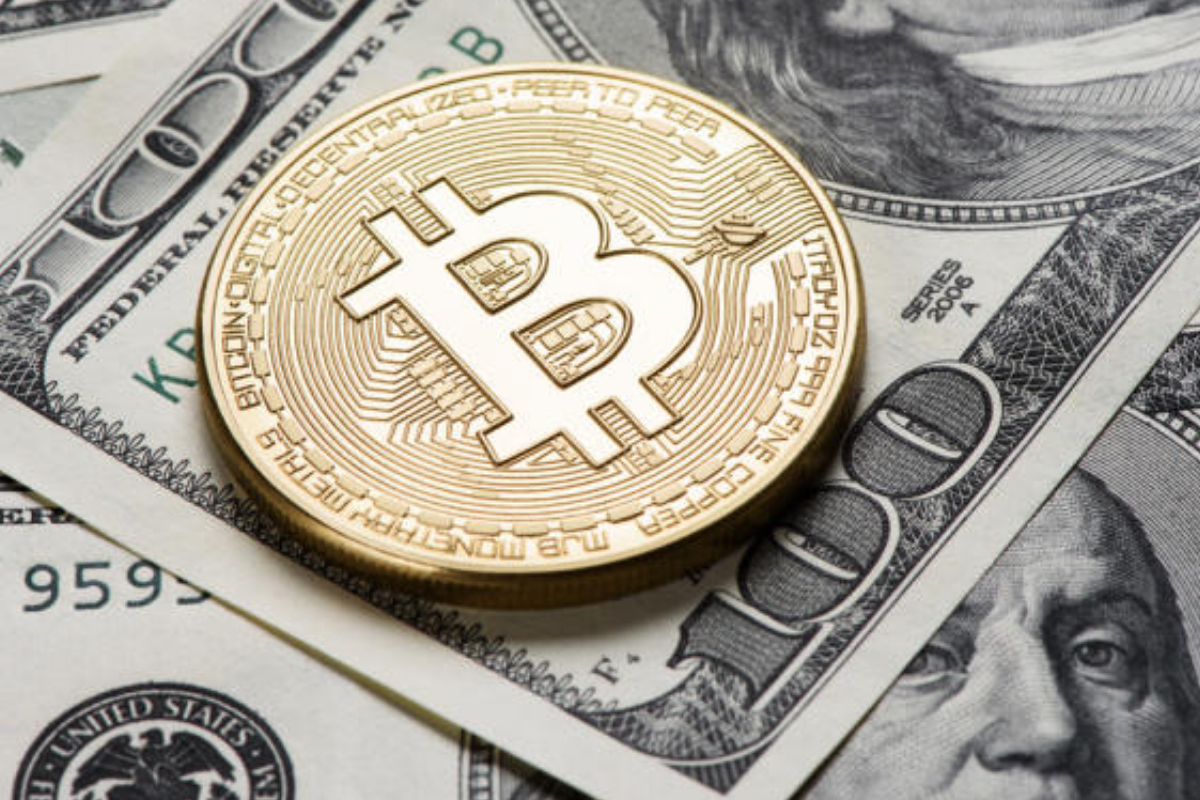Money Street thundered to the edge of a bear market Friday after one more drop for stocks momentarily sent the S&P 500 over 20% beneath its pinnacle set early this year.
The S&P 500 file, which sits at the core of generally laborers’ 401(k) accounts, was down as much as 2.3% for the day preceding an incensed rebound in the last hour of exchanging sent it to a little acquire of under 0.1%.
It completed 18.7% underneath its record, set on Jan. 3. The wild exchanging covered a seventh in a row losing week, its longest such streak since the website bubble was flattening in 2001.
Increasing loan fees, high expansion, the conflict in Ukraine, and a lull in China’s economy are rebuffing stocks and raising feelings of dread about a potential U.S. downturn.
Intensifying concerns is the means by which the hero that is traveled to Wall Street’s salvage in the latest slumps, the Federal Reserve, looks more averse to help as it’s stuck fighting the most horrendously terrible expansion in many years.
The S&P 500 wrapped the day up 0.57 focuses at 3,901.36.
The Dow Jones Industrial Average swung from an early deficiency of 617 focuses to close 8.77 higher, or under 0.1%, at 31,261.90.
The Nasdaq composite managed a major misfortune to complete 33.88 focuses lower, or 0.3%, at 11,354.62.
Since the S&P 500 didn’t complete the day over 20% beneath its record, the organization accountable for the list says a bear market has not authoritatively started. Obviously, the 20% edge is an inconsistent number.
“Whether the S&P 500 shut in a bear market doesn’t make any difference to an extreme,” said Brian Jacobsen, senior speculation specialist at Allspring Global Investments. “A ton of agony has previously been capable.”
Numerous enormous tech stocks, considered to be the absolute generally defenseless against increasing loan costs, have proactively fallen substantially more than 20% this year.
That incorporates a 37.2% tumble for Tesla and a 69.1% plunge for Netflix.
It’s a sharp circle back from the strong pursue Wall Street delighted in rising up out of its last bear market in mid 2020, toward the beginning of the pandemic.
Through it, the S&P 500 a bigger number of than multiplied, as another age of financial backers met apparently every wobble with the mobilizing cry to “Purchase the plunge!”
“I consider bounty financial backers were scratching their heads and asking why the market was mobilizing regardless of the pandemic,”
Jacobsen said. “Since the pandemic has ideally for the most part passed, I think a great deal of financial backers are kicking themselves for not having gotten out on signs that the economy was presumably easing back and the Fed was making its strategy turn.”
With expansion at its most significant level in forty years, the Fed has forcefully gotten some distance from keeping loan fees super-low to help markets and the economy.
Rather it’s raising rates and taking different actions in order to ease back the economy enough to pack down expansion. The concern is assuming it goes excessively far or excessively fast.
“Unquestionably the market instability has all been driven by financial backer worries that Fed will fix strategy to an extreme and put the U.S. into a downturn,” said Michael Arone, boss speculation planner at State Street Global Advisors.
Security yields fell as downturn stresses drove financial backers into Treasurys and different things considered more secure.
The yield on the 10-year Treasury note, which helps set contract rates, tumbled to 2.78% from 2.85% late Thursday.
Goldman Sachs market analysts as of late put the probabilty of a U.S. downturn in the following two years at 35%.
Expansion has been horrendously high for a really long time.
Be that as it may, the market’s concerns swung higher after Russia’s attack of Ukraine sent costs spiraling further at supermarkets and fuel siphons, on the grounds that the area is a significant wellspring of energy and grains.
The world’s second-biggest economy, in the mean time, has endured a shot as Chinese authorities secured down key urban areas in order to end COVID-19 cases.
That is completely compounded for certain disheartening information on the U.S. economy, however the work market stays hot.
Adding strain onto stocks have been signs that corporate benefits are easing back and may at long last be getting injured by expansion.
That implies the aggravation has extended past tech and high-development stocks to include a greater amount of Wall Street.
Retail goliaths Target and Walmart both had admonitions this week about expansion cutting into funds.
Markdown retailer Ross Stores sank 22.5% on Friday subsequent to cutting its benefit estimate and refering to rising expansion as a variable.
“The most recent income from retail organizations at last flagged that U.S. purchasers and organizations are adversely affected by expansion,” Arone said.
In spite of the fact that its source is unique, the despair on Wall Street is reflecting a feeling of irritation the nation over.
A survey from The Associated Press-NORC Center for Public Research delivered Friday found that around 2 out of 10 grown-ups say the U.S. is going in the correct course or the economy is great, both down from around 3 out of 10 a month sooner.
Quite a bit of Wall Street’s buyer market since mid 2020 was the consequence of purchasing by standard financial backers, a significant number of whom began exchanging interestingly during the pandemic.
Close by numerous digital currencies, they assisted drive dears with enjoying Tesla’s stock higher.
They even got GameStop to flood out of nowhere to such a general that it sent shivers through proficient Wall Street.
Be that as it may, these dealers, called “retail financial backers” by Wall Street to separate them from large institutional financial backers, have been pulling back as stocks have tumbled.
Individual financial backers have abandoned a net purchaser of stocks to a net dealer throughout the course of recent months, as per a new report from Goldman Sachs.

